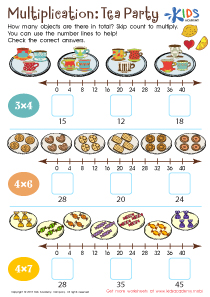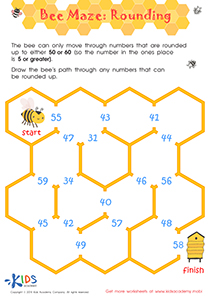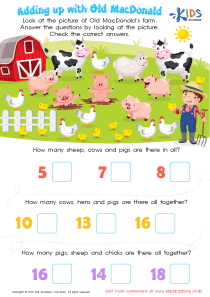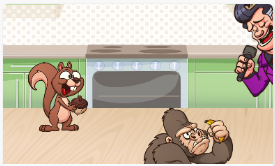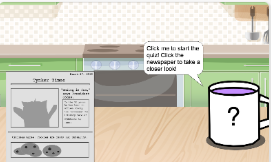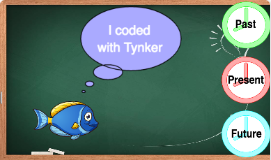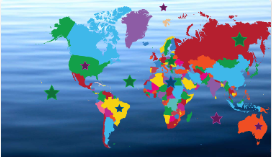Math Lessons | Matching and Sorting, Grade 3
0 results
Our Matching and Sorting Lessons are perfect for children in Grade 3 who are looking to enhance their cognitive skills. With interactive worksheets, educational videos, and assessment quizzes, our program offers a comprehensive learning experience for children. By engaging in these lessons, children will improve their ability to identify patterns, categorize objects, and make logical connections. Our lessons are designed to be both fun and educational, allowing children to learn in an engaging and interactive environment. With our Matching and Sorting Lessons, children will gain important skills that they can use throughout their academic career and in their daily lives.
Matching and sorting are important concepts for children to learn, and these skills can have a significant impact on their academic success. That's why our lessons on Matching and Sorting for children in Grade 3 can be very helpful to kids in their studies. These interactive worksheets, educational videos, and assessment quizzes can help children develop the necessary skills to succeed in various subjects.
Matching and sorting are essential skills in math, science, and social studies. In math, children use these skills to understand shapes, patterns, and sequences. They can also use matching and sorting to solve problems in addition, subtraction, multiplication, and division. By mastering these skills, children can excel in math and become confident problem solvers.
In science, matching and sorting are used to classify objects and group them based on their properties. For instance, children can classify animals based on their habitats, diet, or physical characteristics. Understanding the process of sorting helps children make observations, draw conclusions, and develop hypotheses in science.
Similarly, in social studies, matching and sorting can be used to understand different cultures, geographic locations, and historical events. Students can match and sort flags, landmarks, monuments, and artifacts from different regions and time periods to develop a better sense of the world's diversity. By learning to sort and match these objects, children can increase their cultural sensitivity and develop a global perspective.
Our lessons on Matching and Sorting for children in Grade 3 are designed to help kids understand these essential concepts through interactive learning. These lessons use worksheets that feature pictures, objects, and shapes that children can sort and match based on different criteria. For instance, children may be asked to sort shapes by color, size, or shape, or match objects based on their functions or categories.
In addition, our lessons also include educational videos that explain the concepts in a fun and engaging way. These videos use visual aids such as animations, songs, and stories that capture children's attention and promote active learning. This way, kids can enjoy the learning process and retain the information they have learned.
Finally, our assessment quizzes are designed to test children's understanding of the concepts they have learned. These quizzes provide immediate feedback to children, so they can correct their mistakes and reinforce their knowledge. By completing these quizzes, children can also gain confidence in their ability to apply the concepts they have learned.
In conclusion, our lessons on Matching and Sorting for children in Grade 3 can be incredibly helpful to kids in their studies.

